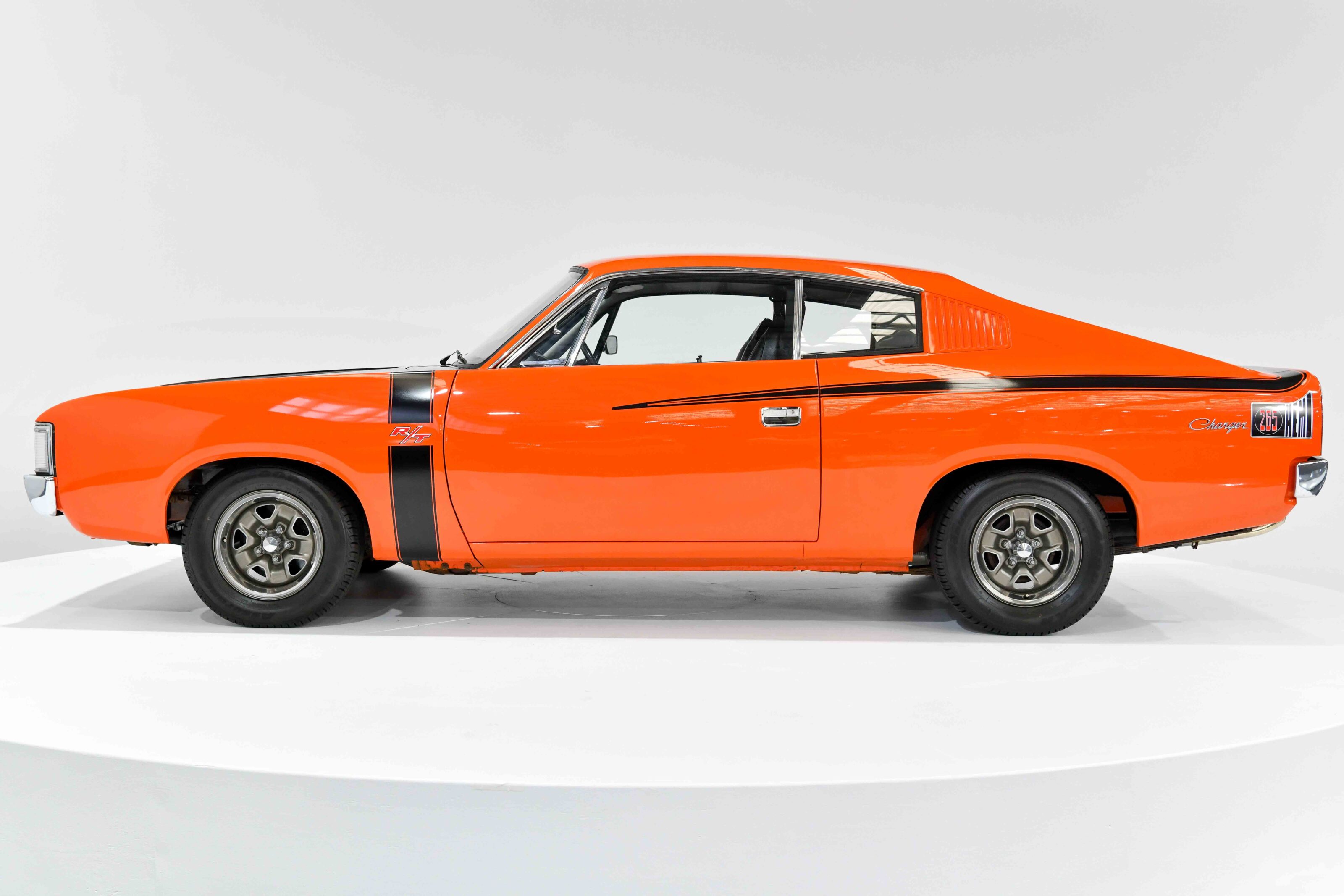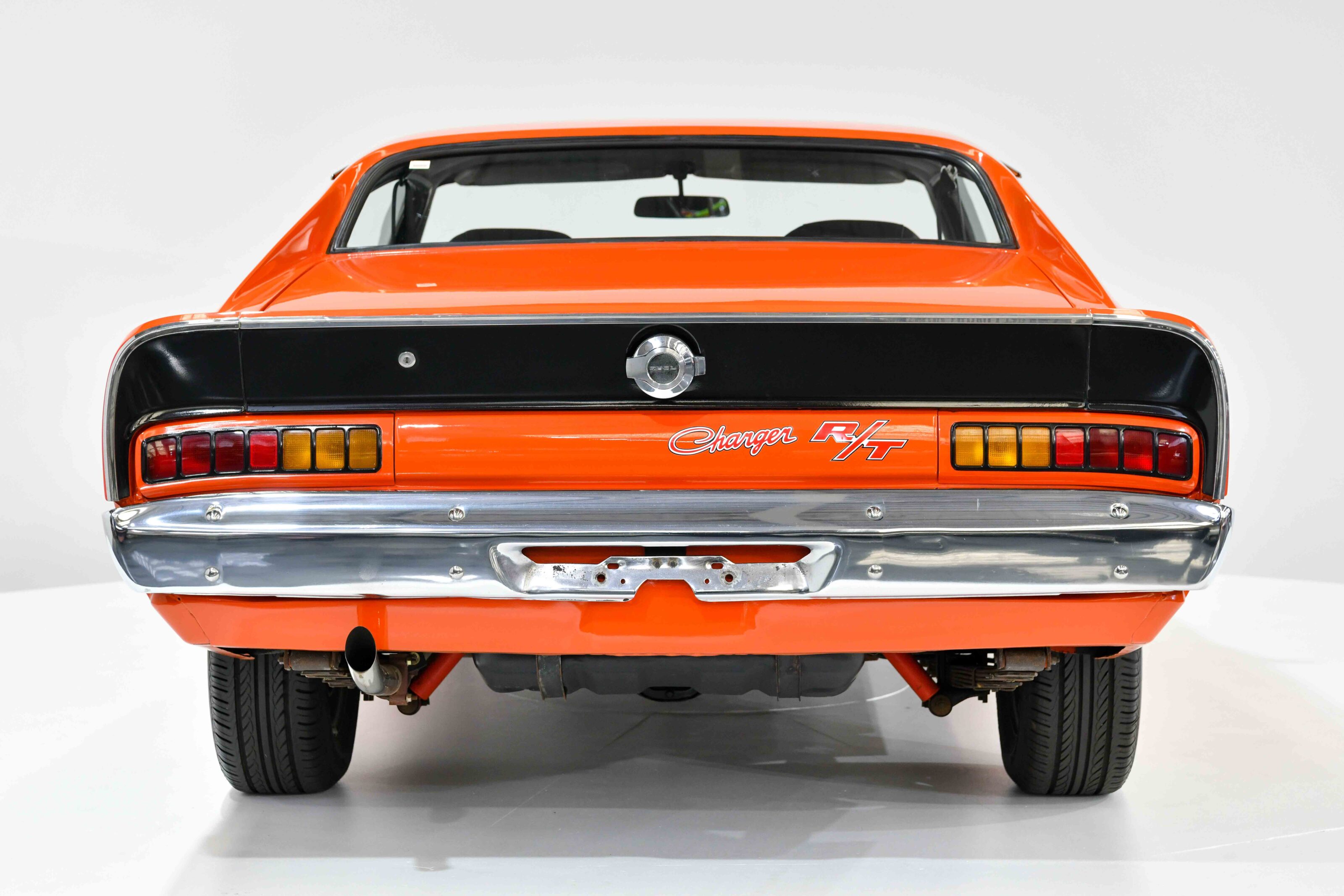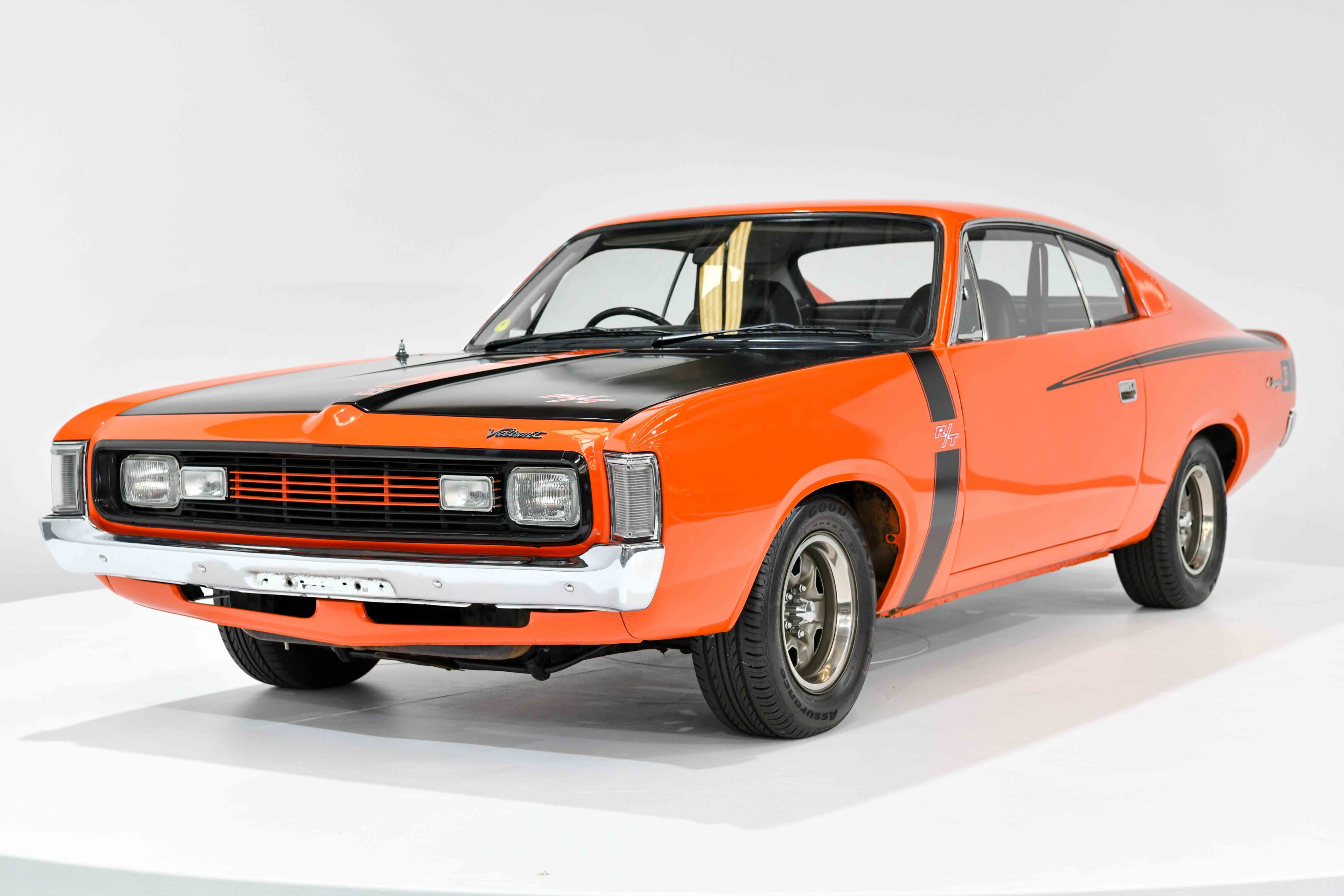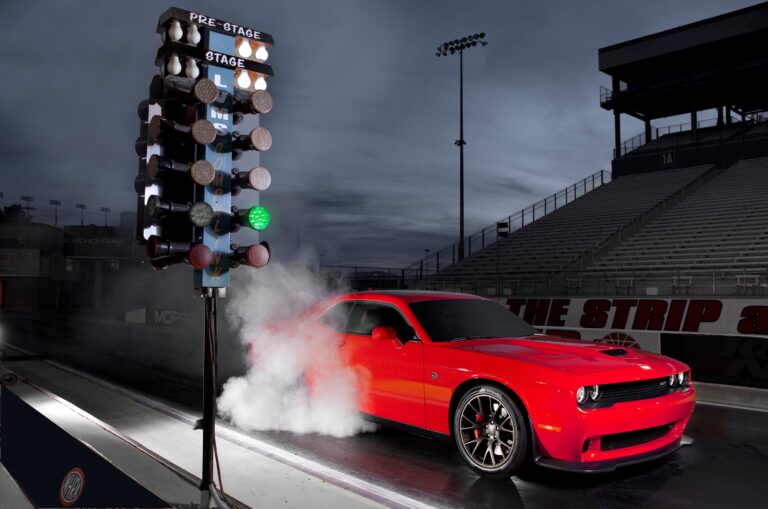The story of the Valiant Charger R/T E38 is, like the Valiant Pacers before it, forever that of a great car hobbled by a three-speed gearbox and missing Bathurst glory – but one of a great car nonetheless.
The E49 of the following year should have made amends, with its four-speed helping the six-cylinder Charger to even quicker acceleration times than the fabled Falcon GTHO Phase III. But it couldn’t run from Chrysler Australia’s problems; the company would be sold to Mitsubishi by the end of the decade.
The Valiant commenced local manufacturing in 1963 and gained a promising foothold, the VE-series taking Wheels’ Car of the Year in 1967. However, the locally styled VH of 1971 was a marketing and packaging misstep, with buyers spurning its bloated styling.

In August 1971 came the Charger. On a 150mm shortened VH wheelbase and around 150kg lighter (despite pillarless chassis reinforcing), the Charger was curvy and Kamm-tailed and textbook ’70s sexy.
At the heart of the headline, homologation E38 version was a stonking 4.3-litre (265c.i.) six-pack engine, developed from an axed Chrysler US light-truck design into ‘E38 Six Pack’ guise with 10:1 compression, tuned extractors and triple Weber carbs. A detuned E37 ‘Street Six Pack’ had lower compression and a milder cam.
The hands-on, hot-rod feel was real: chief engineer Mike Stacy had ignored calls to use an in-house four-barrel carb, and purchased the first trio of 45-DCOE Webers from a local speed shop. An E38-engined VG Pacer was later shipped to Weber in Italy for final tuning.

An E38 optional Track Pack brought a quicker (16:1) steering ratio, front anti-roll bar, Sure-Grip limited-slip diff, ROH alloy wheels and 160-litre fuel tank.
Local content requirements forced Chrysler to stick with its existing three-speed (the local four-speed Borg Warner D20 was still almost a year away) and unassisted, barely adequate braking package.
The E38s dominated their September race debut at Oran Park in Sydney’s south-west, and a couple of weeks later were lapping Bathurst up to 10 seconds faster than the previous year’s VG Valiant Pacers … but still more than six seconds from the fastest Ford. On Sunday, the first Charger came home seventh.
For all that, in 2007 Peter Robinson remembered an epic 1972 overnight sprint from Adelaide to Sydney in an E38 with fellow Wheels scribe, Mel Nichols. “The mighty engine sang as we upped the pace, went in harder, clipped apexes, grabbing second, revs soaring, engine quivering … we didn’t care that it was crude.”

The limit of threes
The non-crossflow ‘Hemi Six’ (actually, only semi-hemispherical heads) had seven main bearings, making it rev-happy and reliable. The 4340cc E38 Six-Pack copped triple Webers, high-overlap cam, bigger valves and tuned-length extractors. It made 209kW at 5000rpm and 431Nm at 3700rpm which, despite the three-speed manual, propelled the 1327kg coupe to 14.8-second quarter miles – matching a contemporary 2.4-litre Porsche 911S.
Space race
At 4564mm overall length, on a 2667mm wheelbase, the Charger was closer in external dimensions to a Torana than to a GTHO. Front body panels were shared with VH sedans and the doors with the VH hardtop. The front cabin’s spaciousness was emphasised by the reverse-sloping dashboard and a full-width footwell, uninterrupted by a centre console. Reclining buckets, full instrumentation (with tacho) and front driving lamps were standard for all R/Ts.






